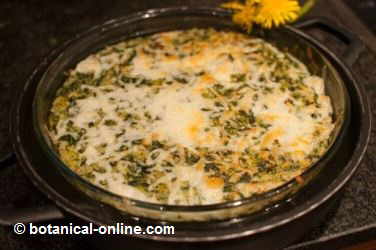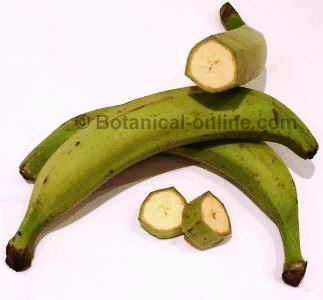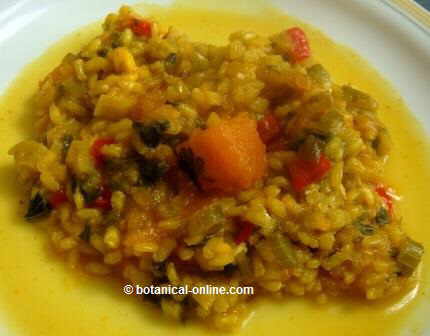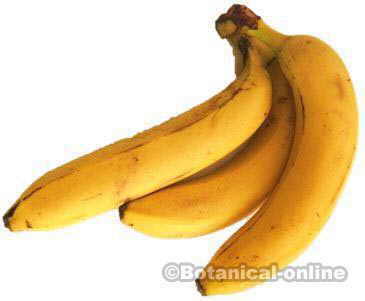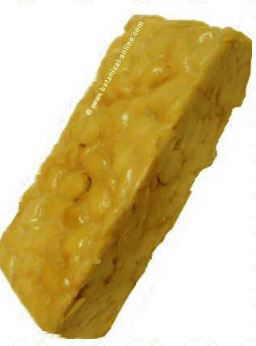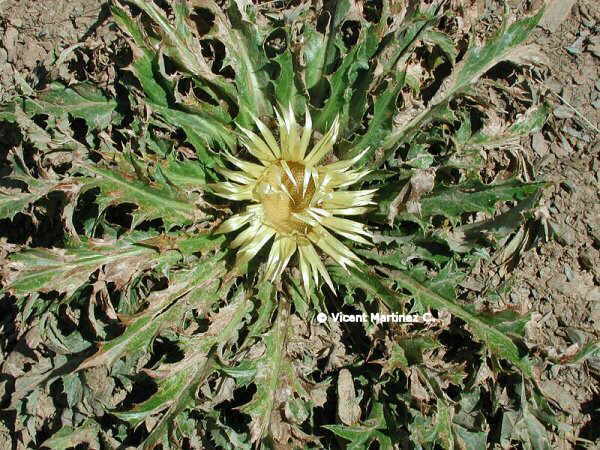Contents
What is insoluble fiber and what are the benefits of foods that contain it?
What is insoluble fiber?
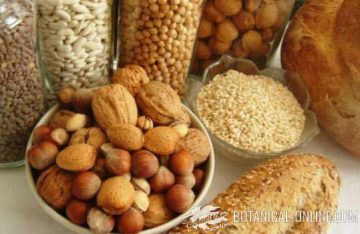
Insoluble fiber is a type of fiber that does not dissolve in water, although it has the ability to absorb it.
How does insoluble fiber work?
The fiber absorbs water increasing its volume. In this way, it stimulates the peristaltic movements of the intestine, causing an increase in the frequency of bowel movements and the volume of stools.
Insoluble fiber benefits
Insoluble fiber is particularly interesting to control intestinal transit, that is, to promote defecation and prevent abnormalities such as constipation, hemorrhoids or diverticulitis.
Likewise, soluble and insoluble fiber’s ability to get rid of harmful particles from the intestine helps reduce the risk of colon cancer, breast cancer, and lung cancer.
Insoluble fiber is able to retain bile salts and cholesterol from the diet and help eliminate it from the body. For this reason, whole grains are cleansing and help reduce cholesterol and prevent gallstones.
Insoluble fiber types and their properties
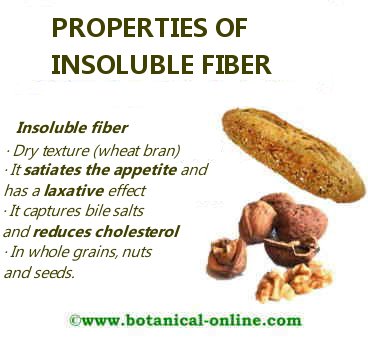
Sheet with the properties of insoluble fiber.
It’s formed by:
- Cellulose: It is the indigestible part of the cell wall of plant foods. Some foods are especially rich in cellulose such as whole grains, certain fruits such as pineapple or cherimoya.
- Hemicellulose: It is another structural element of the plant cell that accompanies cellulose. It is a type of insoluble fiber. Whole grains are the foods that contain the most amount.
- Resistant starch: it is found mainly in tubers such as potatoes or tapioca; whole grains such as wheat, rice, barley, or oats; nuts, such as chestnuts or legumes, such as peas or carob beans.
- Lignin: It is a type of insoluble fiber that, unlike the others, does not belong to carbohydrates. It is the component of vegetables that provides rigidity. It combines with cellulose to form cell walls and forms the binding or filler material between cells. Whole grains such as rice, oats or barley or legumes such as beans contain a lot of lignin.
Insoluble fiber rich foods
Among the foods richest in insoluble fiber we have:
- Wheat bran
- Oat bran
- Nuts and dehydrated fruits: walnuts, dates, peanuts, cashews, pistachios, etc.
- Whole grains, corn, brown rice, oats, etc.
- Flax fiber
- Whole wheat bread
- Vegetables, such as artichokes, thistles, Jerusalem artichoke, dandelion, etc.
- Fruits in general.
* Related information: Will I lose fat eating fiber? / Food rich in fiber
![]() More information on properties of fiber and a diet rich in fiber.
More information on properties of fiber and a diet rich in fiber.

